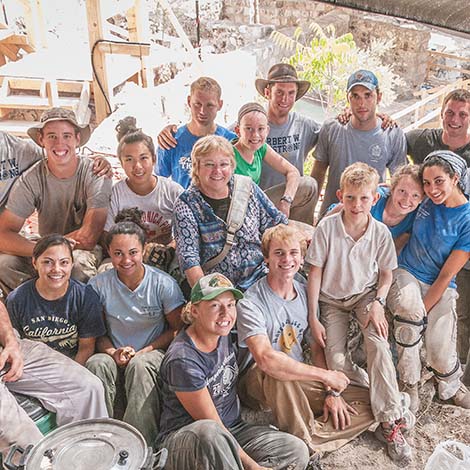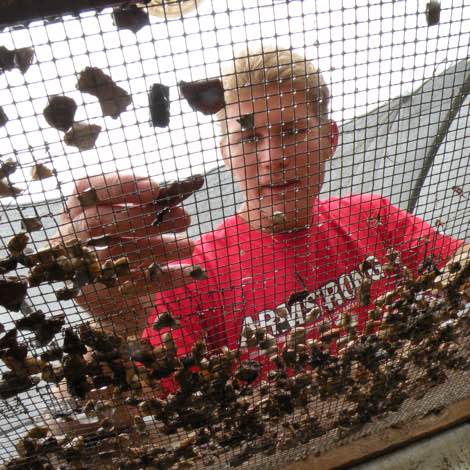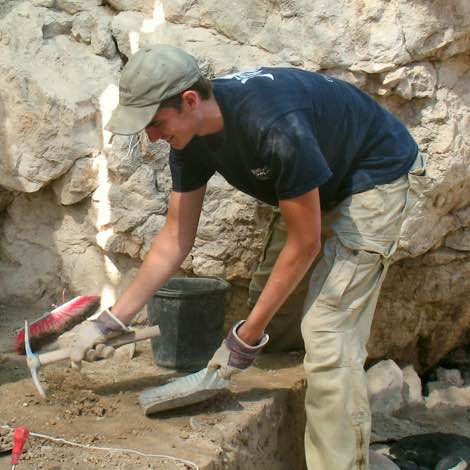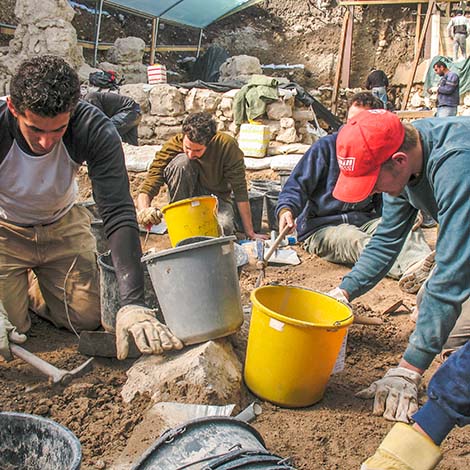Legacy
While the Armstrong Institute of Biblical Archaeology has assisted Dr. Mazar since 2006, our legacy with biblical archaeology and excavations in Israel goes back more than 50 years, to November 1968. The institute picked up the mantle of the Ambassador International Cultural Foundation, an organization founded in March 1975 by the late humanitarian and religious leader Herbert W. Armstrong.
Under Mr. Armstrong the Ambassador Foundation supported academic and humanitarian ventures all over the world, including Vietnam, Sri Lanka, Jordan and Japan. As a devoted student and teacher of the Bible, Mr. Armstrong cherished both the remarkable history and the glorious future of Jerusalem. Between 1967 and 1986, the year he died, Mr. Armstrong visited Israel more than 50 times, befriending some of the nation’s top leaders, most especially Jerusalem’s mayor, Teddy Kollek.
Following Israel’s victory in the 1967 war, Prof. Benjamin Mazar (Dr. Eilat Mazar’s grandfather) was put in charge of Hebrew University’s massive new archeological dig on the Ophel, situated adjacent south of the Temple Mount. In the fall of 1968, Mr. Armstrong flew to Israel to meet with Professor Mazar and inspect the dig site. He was impressed by the scope and importance of the excavation, and formed an immediate connection with Prof. Mazar.
On December 1, 1968, the partnership between Herbert W. Armstrong and Professor Mazar to excavate the Temple Mount was formalized at the presidential palace in Jerusalem. At this meeting, Tourism Minister Moshe Kol proposed “an iron bridge” between Hebrew University and Ambassador College “that can never be broken.” Today this wonderful partnership is continued through Hebrew University, the Armstrong Institute of Biblical Archaeology and Herbert W. Armstrong College.
Learn More






